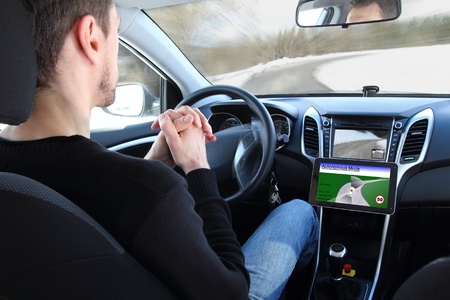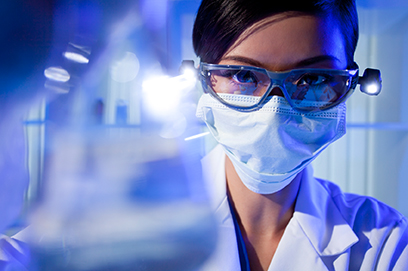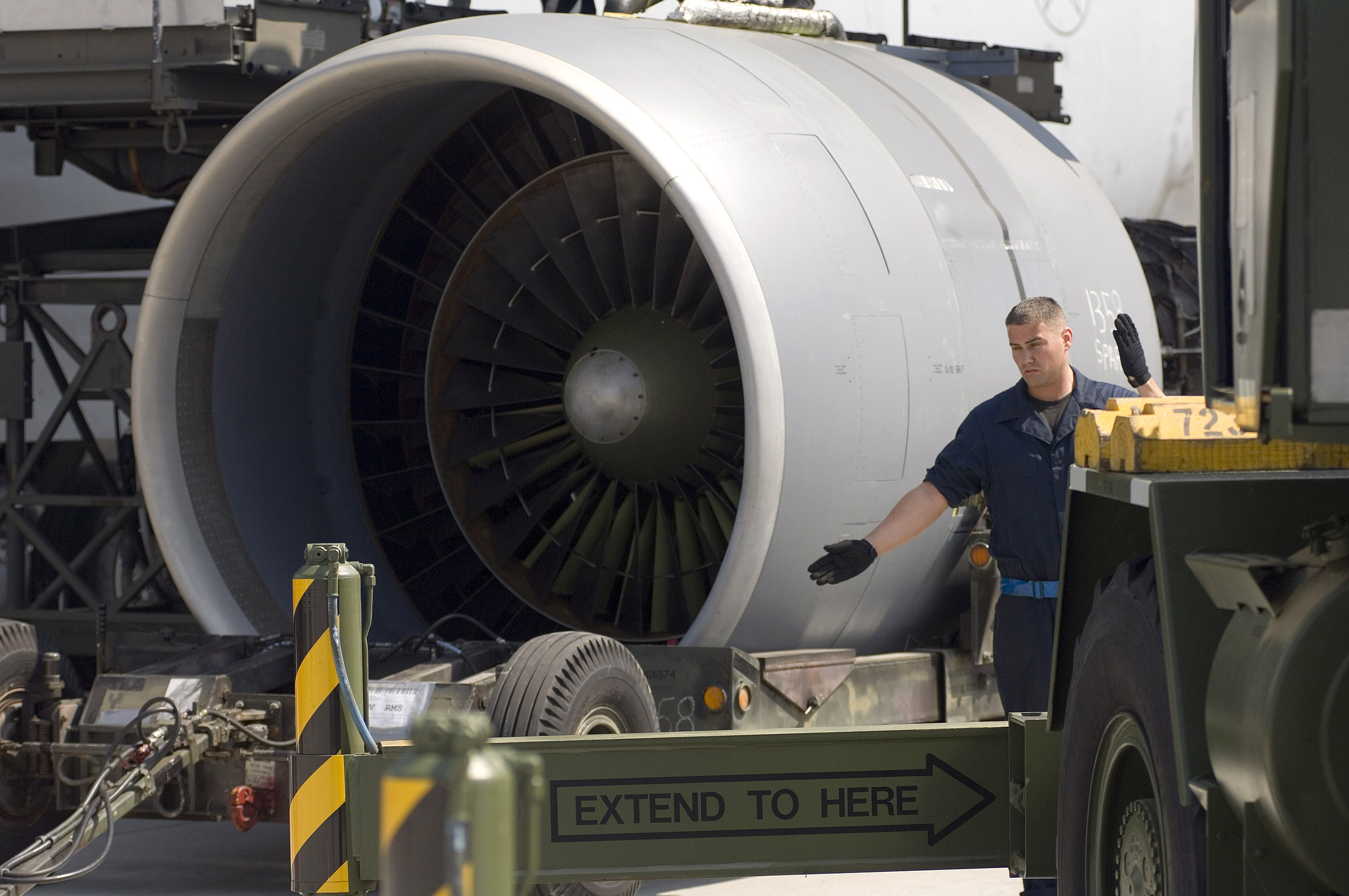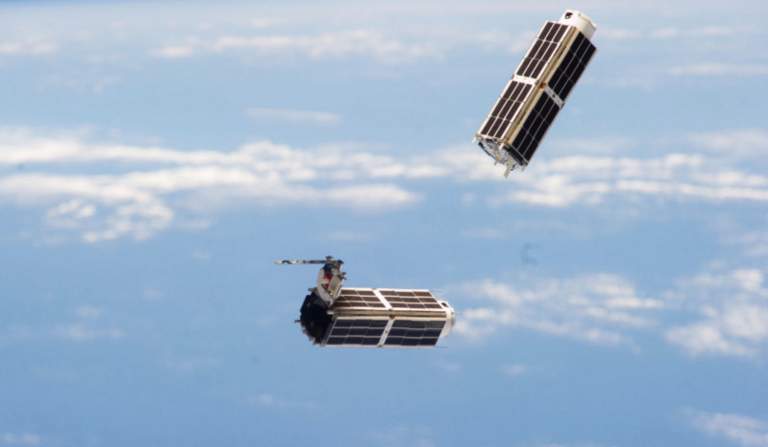Our Prediction for 2017: Artificial Intelligence Will Get Smarter, More Useful
2016 was a breakthrough year in many ways for technology. Innovations from the year ranged from a wildly popular app version of Pokemon to self-driving cars. Playstation unveiled a virtual reality headset enabling players to feel completely immersed in the game. Apple released a waterproof iPhone 7 that (controversially) did not have a headphone socket. The first Amazon package was delivered by drone. SpaceX landed a rocket vertically in the ocean on a drone ship.
Technology Trends We Expect to See in 2017

A man in an autonomous driving test vehicle.
We predict lots of AI (Artificial Intelligence). Robot technology is growing rapidly in popularity, and has proven beneficial in many areas that humanity has been inefficient in. This holds particularly true for the medical industry. Earlier this year, in experiments involving a simulated stomach and esophagus, researchers from MIT, the University of Scheffield, and the Tokyo Institute of Technology presented a tiny origami robot capable of unfolding itself after being swallowed and using magnetic fields to navigate across the stomach to remove unwanted materials or patch a wound. The world’s first autonomous robotic surgery also took place this year.
On a more personal scale, you’ve experienced improvements in AI via online music playlists, such as Pandora, Google, and Spotify. Google Play Music’s AI ‘learns’ personal musical tastes by tapping into Google searches, YouTube viewing history, Google Maps usage, Gmail inbox, and Google Calendar appointments.
Robot technology is being employed on the administrative side of medicine . Robots are currently used to perform basic tasks such as delivering supplies and medications; only operating under explicit orders. However, MIT’s Computer Science and Artificial Intelligence Lab (CSAIL) is developing an AI program capable of learning by observing human behavior. After observing expert nurses in the labor ward, a particularly unpredictable hospital department, CSAIL’s program has demonstrated the ability to automate scheduling and relieve nurses of this burden. The goal is to create and apply a level of functioning complex enough to make predictions based on reasoned analysis, but not complex enough to fully make its own decisions.
Predictive vision is something we can expect to see more of in 2017. This is characterized by systems that are able to predict, and react to human behavior. Predictive vision algorithms could be used for everything from robots that develop action plans to security cameras able to alert emergency responders after someone has fallen or been injured. Currently, apps that capture predictive vision and are able to consequently suggest how best to respond to certain environmental cues are underway, and may provide relief from uncomfortable social encounters in 2017.
Technology never stands still. It’s always changing, adapting and progressing. Ultimately, we expect to see AI integrated further into existing systems in 2017.


